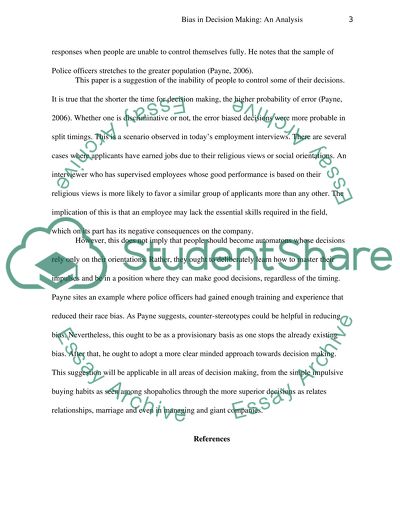Discussion of Keith Payne's Weapon Bias: Split-Second Decisions and Assignment. Retrieved from https://studentshare.org/psychology/1618698-discussion-of-keith-paynes-weapon-bias-split-second-decisions-and-unintended-streotyping-2006
Discussion of Keith Payne'S Weapon Bias: Split-Second Decisions and Assignment. https://studentshare.org/psychology/1618698-discussion-of-keith-paynes-weapon-bias-split-second-decisions-and-unintended-streotyping-2006.


